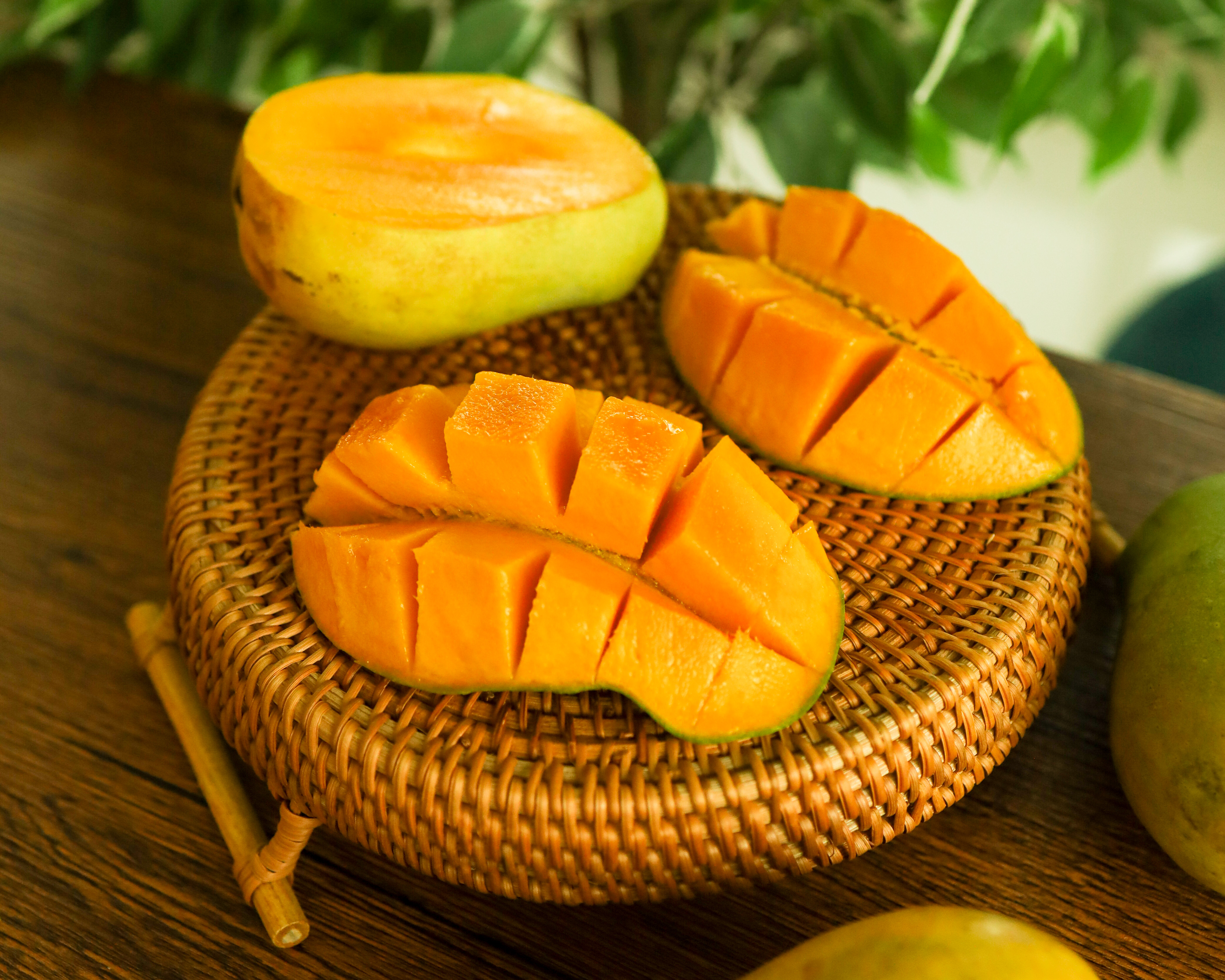Food contamination is one of the common issues that contribute to a great proportion of public health problems globally. It also significantly affects the rate of human mortality and morbidity, and commonly associated with three main agents. The agents are biological, chemical, and physical. Tainted food can cause serious health consequences in humans, especially in the higher risk group of those with poor immune systems, the elderly, pregnant women, babies, and young children. The term "food safety and quality" describes the composition and production of food at a level that is not harmful to consumer health. Therefore, besides the nutrients, consumers nowadays give much more attention to the contaminants composed in the food products as the concern is growing to illnesses and death due to the contaminated food.
Thus, it is essential to employ sensitive and rapid detection methods for confirmation of safe food along the food supply chain. Research into the early detection of food contaminants has attracted ample interest due to the hazard and threat consequences. Current methods usually require trained personnel, sophisticated instruments, time-consuming, costly, and impractical for on-site identification. The need for practical and economical analytical tools for rapid detection has been leading to the development of sensor technology. Biosensors generally are chemical devices composed of a biomaterial element at the recognition site which attached to a transducer where a measurable signal is an outcome. Biosensing is emerging as a comprehensive detection method with the advantages of fast detection, portability, cost-effectiveness, and practicality.
The functionality of biosensors mainly relies on the process of recognition, signal transduction, and readout. The biomaterials commonly associated with the recognition sites are enzymes, whole cells, antibodies and nucleic acids. Although there have been many positive results of analyte detection using biosensors, there is still lack of research applied to real samples either in aqueous mixtures or organic extracts. Commercialization and application of biosensors are limited due to the test testing of prototypes in real samples remained in the critical phase with the issues such as immobilisation of bioreceptor, preparation of the sample, the stability of the device, analysis of the complex matrices and real-time measurement.
With the goals of minimizing the production cost to manufacturing commercial biosensors, the main task to be improved is the recognition element. In this case, the production of synthetic bioreceptors can overcome the weaknesses by enhancing the stability, sensitivity, selectivity, and reducing the operating cost. Nanotechnology also can be exploited to generate components and devices with nanoscale since the nanoscale sensors are potentially to be the next generation of sensors in the industry. The entire article can be read in the chapter of the book entitled Biosensors and Chemical Sensors: A Practical Approach, 2020, ISBN: 978-967-2395-58-4, Universiti Putra Malaysia Press.
This article was written by Dr. Noordiana Nordin. She is a Research Officer at the Laboratory of Food Safety and Food Integrity, Institute of Tropical Agriculture and Food Security, Universiti Putra Malaysia. She can be contacted via this email address: noordiana@upm.edu.my
Date of Input: 14/11/2020 | Updated: 14/11/2020 | noordiana
MEDIA SHARING

























